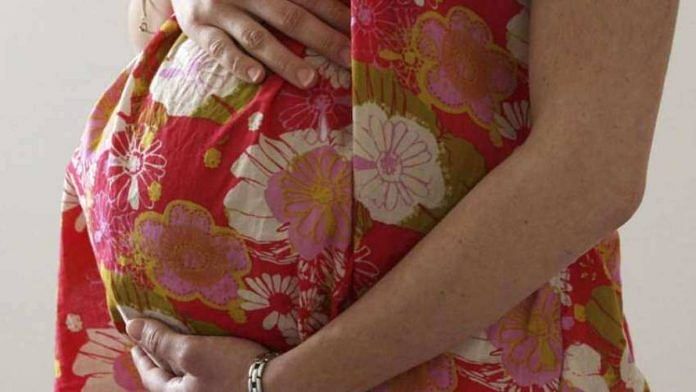Thank you dear subscribers, we are overwhelmed with your response.
Your Turn is a unique section from ThePrint featuring points of view from its subscribers. If you are a subscriber, have a point of view, please send it to us. If not, do subscribe here: https://theprint.in/subscribe/
C-section deliveries in India are increasing at an exponential rate. WHO recommends that the ideal rate of C-section deliveries in any country should be between 10-15%. But in India it has gone up to 23.92%. The rate is nearly double (around 40%) in case of private hospitals.
Cesarean section or C-section is the surgical delivery of a baby through a cut made in the mother’s abdomen and uterus. It is supposed to be applied when there are certain medical complications. For instance, when the size of the fetus is too large to deliver vaginally, when the position of the fetus is abnormal, when the heart rate of the fetus is abnormal or when there are certain Placenta problems (which can deprive the baby of oxygen & nutrients, and can cause heavy blooding in the mother).
However, the ‘high rate’ of C-sections in India shouldn’t be conferred to the above factors only. Experts attribute the increasing trend of C-section deliveries in India to different reasons, such as:
- Natural vaginal delivery takes longer time, sometimes it can extend up to 48 hours. Many of the times, hospitals are unwilling to dedicate their entire pool of resources to a single patient for this long time.
- Doctors say that urban class is more susceptible to the fear of labour pain. They are not keen on enduring the pain for long. It has become a misconception among the upper middle class that C-section is completely safe and the best way to deliver.
Several studies have pointed out that the normalisation of C-section in the name of medical progress should be critically analysed before blindly accepting it.
- Research by Jha K, Nassar GN, and Mak Kerk, has pointed out that in a C-section delivery the body of the baby doesn’t pass through the birth canal and therefore the baby doesn’t get exposed to Cortisol and Epinephrine, which typically would reverse the potassium/sodium pumps in the baby’s lungs. This causes fluid to remain in the lungs and can cause breathing problems in baby.
- Another research by American Congress of Obstetricians and Gynaecologists (ACOG) has pointed out that the risk of Placenta Accreta (life threatening disease) in mother is more in C-section than natural vaginal delivery.
- Same research by ACOG says that women with one previous C-section are likely to have problems with their second birth.
Other than these, there is always a possibility of certain minor/major complication in mother or baby, as the surgery involves ‘cutting of 7 layers of tissues of a woman’s body’.
Some parts of India are experiencing an epidemic of C-section deliveries. For instance, the rate of C-section births in urban areas of Tripura is 93.03%. Nearly 50% of the births in TN, Goa, Sikkim, Telangana are with C-section.
Subsequent studies have pointed out that a long labour phase (sometimes more than 9 months) is not abnormal and should not be a justification for C-section. While the low prevalence of C-section in the needy underdeveloped section is a concern, the unneeded overuse of it demands targeted intervention.
These pieces are being published as they have been received – they have not been edited/fact-checked by ThePrint.

